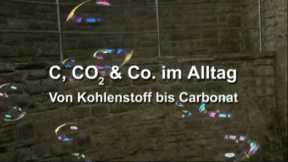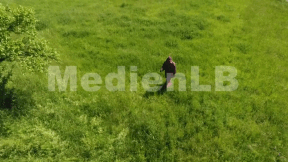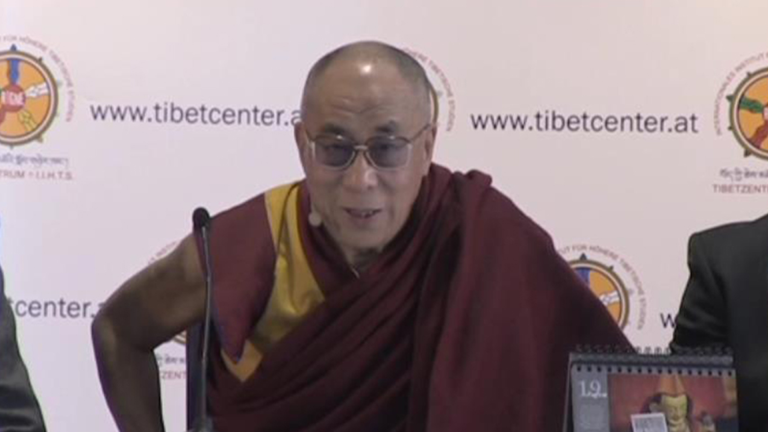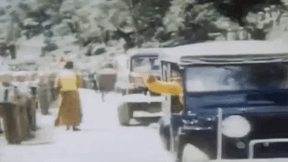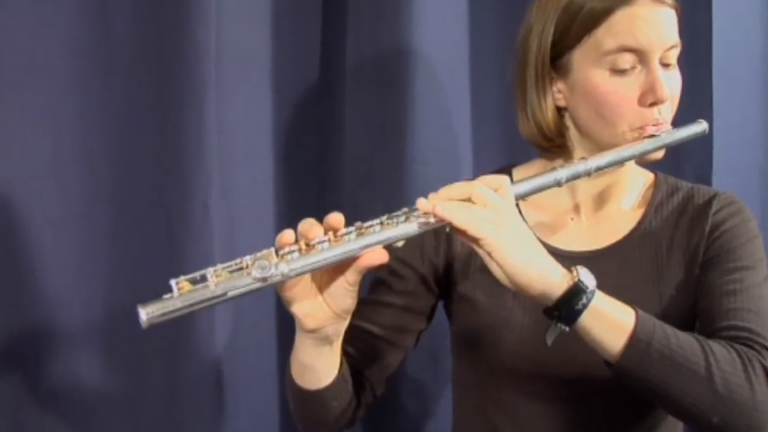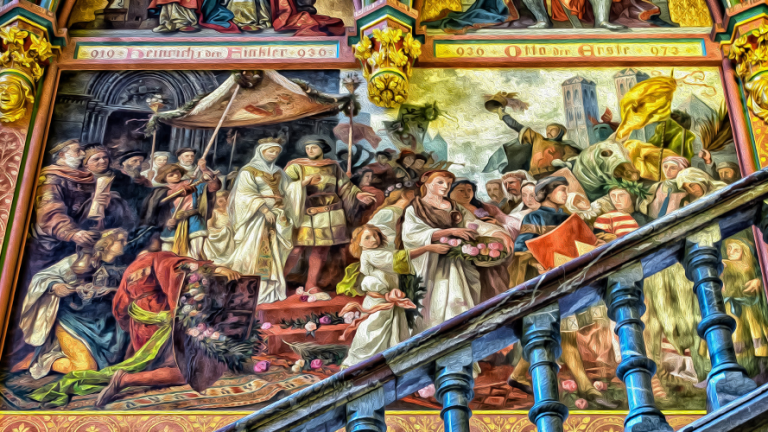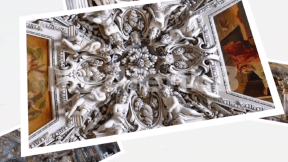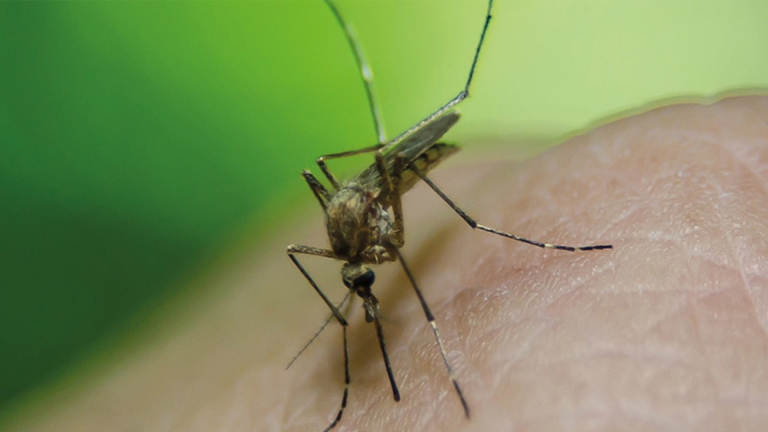Suche:
- # Artistry
- # Biology
- # Chemistry
- # Ecological
- # Economy
- # English
- # Foreign Language
- # Geography
- # German
- # Health
- # History
- # Informatik
- # Latin
- # Mathematics
- # Media Education
- # Music
- # Physics
- # Politics / Civics
- # Preschool
- # Primary School
- # Religion
- # Society
- # Sports
- # Technology
- # Training of Teachers
- # Vocational Education
C, CO2 and Associates in Everyday Life
All organic matter contains carbon. Coal is deposited in the Earth's interior. It developed about 300 million years ago from plants in a geological period which is also called Carboniferous. During the combustion of organic matter, carbon turns into the gas carbon dioxide. Dissolved in water, it becomes the so-called carbonic acid. Carbon dioxide is an incombustible, colourless and odourless gas that is easily dissolved in water. With various metal oxides or hydroxides it forms two types of salts: the carbonates and the hydrogen carbonates. As calcium carbonate it is contained in natural products such as chalk and egg shells. Specific forms of carbon, called modifications, are graphite and also the particularly valuable diamond.
Learn moreUnterwegs
Unterwegs sein, auf Reisen sein ist eine Urerfahrung des Menschen. Ob auf einem Feldzug, einer Bildungsreise oder einer Erholungsreise – die Urerfahrung des Reisens findet ihren Niederschlag in der Literatur.
Learn moreThe Bible
It is big and small. Thick and thin. Old and new. Colourful and plain. It is available as a mobile app, in braille and as a storybook. It is the most widespread and most widely read book in the world. It has been translated into more than 3,000 languages. It is also called the Book of Books. Or simply – the Bible.
Learn moreGeschlechteridentität
Teil des Erwachsenwerdens ist es, seine eigene Identität zu finden. Für manche wird diese Identitätsfindung erschwert, weil das körperliche Geschlecht nicht mit dem empfundenen Geschlecht übereinstimmt.
Learn moreGefahr durch Loverboys
Die erste Liebesbeziehung ist eine schöne Erfahrung – für die meisten. Doch nicht jeder hat so viel Glück. Seit einigen Jahren erfreut sich bei Zuhältern und anderen Kriminellen eine bestimmte Masche zunehmender Beliebtheit, die darauf abzielt, besonders die Unerfahrenheit junger Mädchen auszunutzen.
Learn moreJugendgewalt
Laut einer hessischen Studie haben über 60 % der 14-18-jährigen Schüler und Schülerinnen durch ihren Partner oder ihre Partnerin mindestens einmal irgendeine Form von grenzüberschreitendem Verhalten oder Gewalt erlitten. Das sind Verhaltensweisen, die Bedürfnisse und Befindlichkeiten der Geschädigten/des Geschädigten ignorieren, über Demütigungen, Beleidigungen und Einschüchterungen sowie psychischen, physischen und sexuellen Misshandlungen bis hin zu Vergewaltigungen und Tötungen. Körperliche Gewalthandlungen wurden seltener berichtet als Kontrollverhalten oder der Druck zu ungewollten Handlungen. Verstärkt sind diejenigen betroffen, die in ihrem familiären Umfeld Gewalt erlebten oder bezeugten.
Learn moreThe Daily Newspaper
Every day, there is a surge of news reaching us via different news channels. In spite of TV and Internet, the daily paper still is one of the most important main sources of news. But how is a newspaper created? The film shows the production of a paper in the course of one day. Starting with the editorial meeting in the morning, in which the topics and deadlines are determined, the film accompanies a journalist during her research work. You can see how a journalistic interview is conducted and what the photographer must consider when taking a press photo. Back in the editorial office, the editor’s work is illustrated, which includes the page layout and the writing of an online article in today’s time. Impressive pictures from the printing centre depict the process from the digital page to the finished newspaper. Together with the comprehensive accompanying material, the DVD is perfectly suited for use at school
Learn moreThe 14th Dalai Lama
He is considered one of the best-known personalities of our time and has been the Tibetans’ spiritual leader for more than 50 years. The Dalai Lama – His views are inspiration to many. The tradition of the Dalai Lamas reaches back to the 15th century. Dalai Lama is a Mongolian title of honour and was first bestowed on a Tibetan Buddhist monk in 1578 by the Mongol ruler at the time. This monk was called Gyatso, which means sea of wisdom. Dalai is the Mongolian translation of this name and lama is a Tibetan word for monk. Up to now the title has been conferred on 14 Tibetan monks, to the first two only posthumously.
Learn moreMusical Instruments
Music is an important element of our environment as well as of human culture. By listening attentively, pupils will obtain a finer perception of their musical environment and its structure, which is to support them in finding out and cultivating their own preferences in music. Part of this is also to be able to appreciate, describe and classify musical instruments. The DVD presents all members of the group of wind in- struments, subdivided into woodwind and brass instruments, describes their sound and how they are played and provides suitable audio samples. This DVD and the didactically arranged accompanying mate- rial are perfectly suited for the classroom both for a focus on single instruments and for an introduction to the topic „Lis- tening to music - Experiencing Musical Instruments“.
Learn moreBaroque
Pompous buildings, impressive parklands, extravagant parties and unimaginable luxury.
Learn moreMücken
Stechmücken, Schnaken, Gnitzen und 40 Mückenfamilien mehr bevölkern unsere Erde. Während sie uns an einem lauen Sommerabend voraussichtlich nur lästig erscheinen, sind sie seit rund 120 Millionen Jahren ein wichtiger Bestandteil unseres Ökosystems.
Learn more




